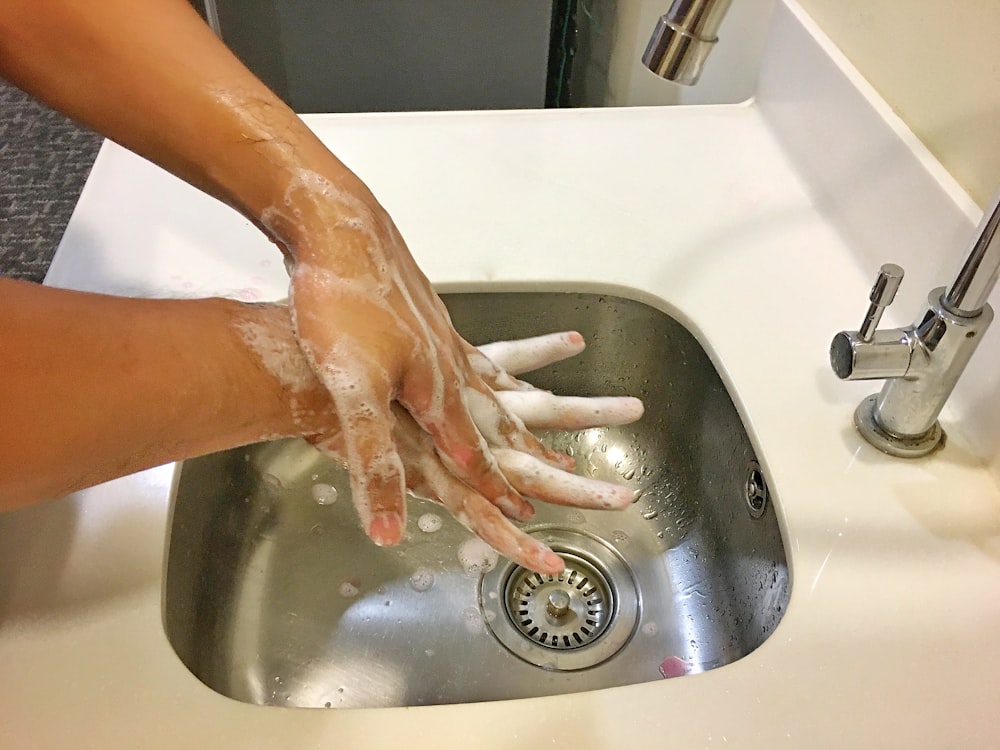
Wearing artificial nails in the lab is a bad idea. To allow gloves to fit properly and for good infection control, fingernails should be no longer than 0.25 inches beyond the end of the finger, according to the Centers for Disease Control and Prevention's (CDC) 2002 Guideline for Hand Hygiene in Healthcare Settings. (http://www.cdc.gov/mmwr/preview/mmwrhtml/rr5116a1.htm). In addition, avoid jewelry pasted to nails. These can make tiny holes in gloves, and allow contamination of the nails and hands.
These instructions are very simple, and yet nail hygiene is a persistent problem in the laboratory artificial nails in particular. This topic is often identified as a special training challenge. Artificial nails present safety risks spanning the categories of personal hygiene, infection control, and patient safety. Long nails can tear gloves. Pathogens can nestle under the nails. According to a 2001 study reported in Clinical Infectious Diseases, employees with artificial nails were twice as likely to harbor pathogens such as gram-negative bacilli and Staphylococcus aureus, under the nails as were employees without even after washing with soap or using a gel.
Some people develop allergies to the ethyl methacrylate used in the application of nails. Ethyl methacrylate, in fact, is considered to be a hazardous substance. A monomer that combines with other monomers or polymers to produce plastics used in cosmetics and other products is a known skin irritant and lacrimator. Acetone, by the way, will dissolve that glue and may compromise the integrity of a specimen.

